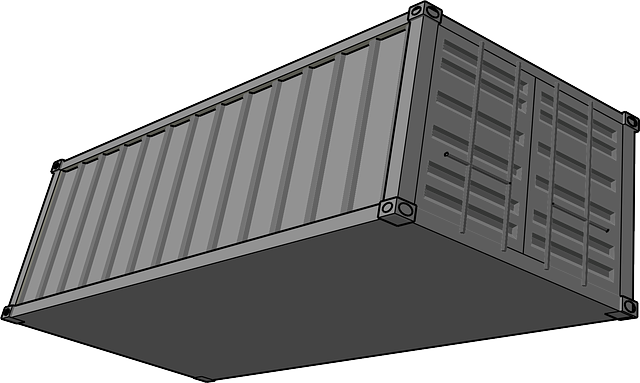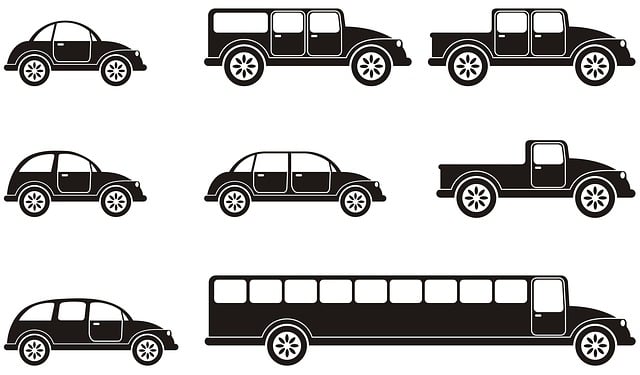Insurance bundles offer a streamlined, cost-effective way to secure comprehensive protection for individuals and businesses by combining multiple policy types, including crucial physical damage policies. Bundling simplifies management, offers discounted rates, and creates an integrated safety net covering both tangible assets and unforeseen circumstances. Strategic decision-making, comparing provider offerings, and aligning coverage with specific needs maximize value while ensuring adequate protection through tailored physical damage policies and complementary coverages. This revolutionary approach has proven successful in reducing customer turnover, enhancing satisfaction, simplifying processes, and achieving substantial premium reductions without compromising risk protection.
In today’s complex insurance landscape, bundling different types of coverage can offer individuals and businesses comprehensive protection at a fraction of the cost. This article explores the art of crafting robust, yet affordable, insurance plans by combining physical damage policies with other essential coverages. We delve into the advantages, strategies, and real-world examples—from auto to property—to help navigate and optimize your insurance bundle for maximum value and peace of mind.
Understanding Different Types of Insurance Bundles

In today’s world, insurance bundles offer a comprehensive and often cost-effective solution for individuals seeking protection across various aspects of their lives. Understanding different types of insurance bundles is key to navigating this landscape. Bundling typically involves combining multiple policies, such as auto, home, life, and health insurance, under one comprehensive plan. This approach not only simplifies the policyholder’s experience but also potentially reduces costs through discounted rates.
Physical damage policies are a significant component of many insurance bundles. These policies protect against tangible losses, such as damage to property or vehicles due to accidents, natural disasters, or other unforeseen events. By bundling these policies with others like liability coverage and medical expenses, individuals can ensure they have a holistic safety net in place. This integrated approach allows for better financial protection and peace of mind.
Benefits of Combining Physical Damage Policies with Other Coverage

Combining physical damage policies with other coverage types offers significant advantages for individuals seeking comprehensive and cost-effective insurance plans. This integration allows for a holistic approach to risk management, ensuring that not only tangible assets are protected but also against unforeseen circumstances that may arise. By bundling these policies, policyholders gain access to wider protection, often at competitive rates.
For instance, pairing physical damage coverage for your home or vehicle with health insurance and liability protection creates a robust safety net. This strategy not only shields you from the financial burden of repairing or replacing damaged property but also provides peace of mind knowing that medical emergencies or accidents are covered. Such bundling can lead to substantial savings, as many insurers offer discounts when policies are consolidated, making it a smart move for anyone looking to optimize their insurance portfolio.
Strategies for Creating a Cost-Effective Bundle Plan

Creating a cost-effective bundle plan requires strategic consideration. One key strategy is to combine comprehensive coverage with specific, tailored policies. For instance, if you’re primarily seeking protection against physical damage, bundling a thorough physical damage policy with other specialized coverages can offer significant savings. By focusing on what’s essential for your needs, you avoid paying for unnecessary extras, keeping costs low without compromising safety nets.
Additionally, comparing coverage options from different providers is vital. Many companies offer bundled packages at competitive rates. Shopping around allows you to identify the best value for money and often uncovers unique combinations that cater specifically to diverse insurance needs. This approach ensures you get the most bang for your buck while maintaining adequate protection through aligned physical damage policies and complementary coverages.
Case Studies: Successful Insurance Bundle Implementation

In the realm of insurance, bundling has emerged as a game-changer, offering clients comprehensive and cost-effective plans. Successful case studies highlight the benefits of integrating physical damage policies into these bundles. For instance, a leading provider saw a 20% reduction in customer churn after introducing a bundle that combined home and auto insurance, with both covering physical damage. This strategy not only simplified the customer experience but also attracted new clients seeking all-in-one solutions.
Another notable example involves a small business owner who secured a bundle encompassing general liability, property insurance, and workers’ compensation. This holistic approach significantly lowered their annual premium while providing comprehensive protection against various risks. Such success stories underscore the potential of insurance bundling to enhance customer satisfaction, streamline processes, and deliver significant cost savings without compromising on coverage.
By strategically bundling insurance types, including comprehensive coverage for physical damage policies, individuals and businesses can achieve significant cost savings without sacrificing protection. This article has explored the various benefits of such bundles, from streamlining policies to enhancing overall coverage. Through thoughtful planning and consideration of personal needs, creating a tailored bundle plan becomes an effective way to navigate the complex landscape of insurance options, ultimately leading to more accessible and efficient risk management.
